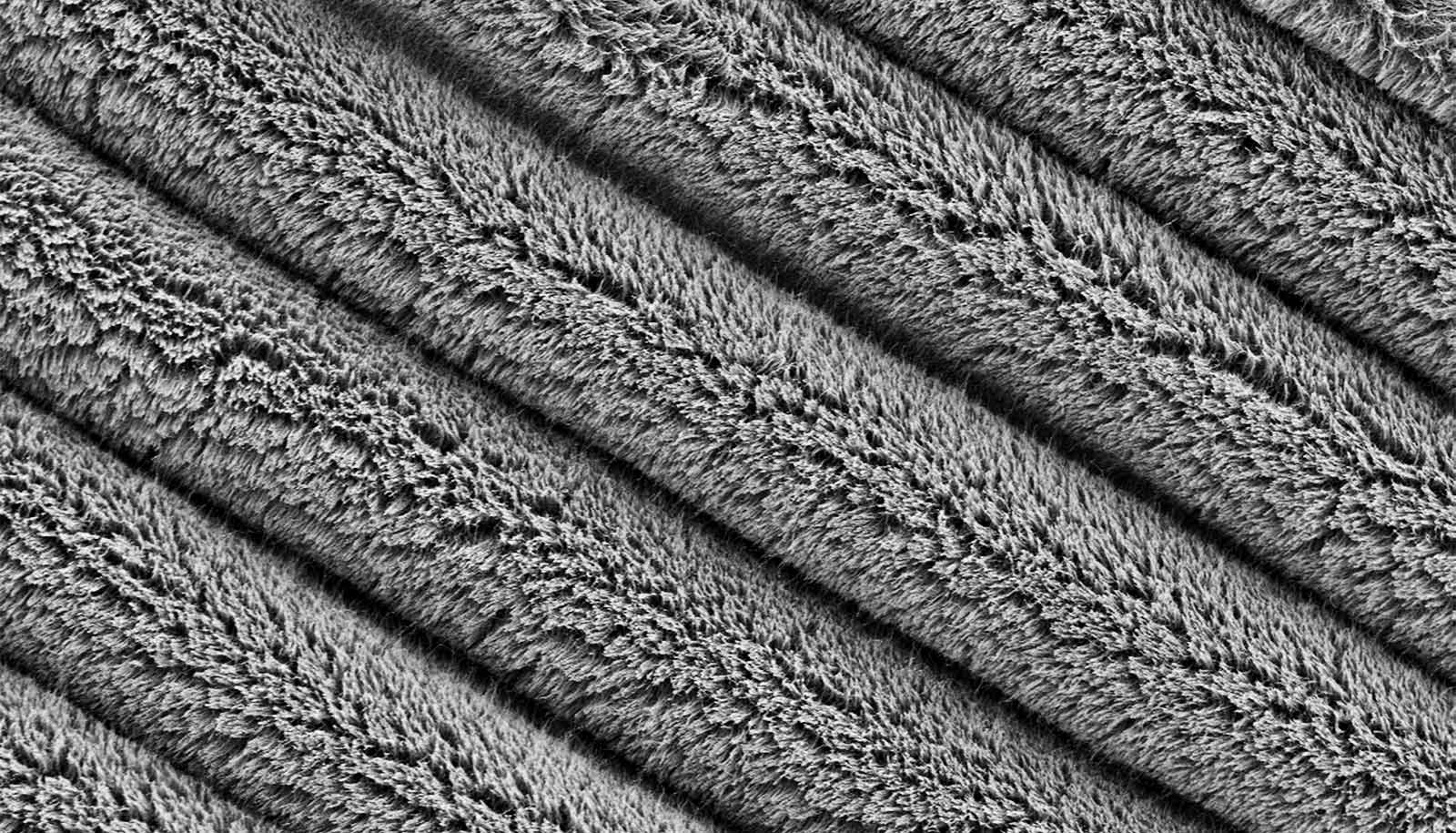Research identifies a special "forest" design made of folded nanotubes that will revolutionize the power of future devices.
The new supercapacitor demonstrates great performance and stability, even when it is "stretched" and folded on itself to over 800% of its original dimensions.
The results of a research team funded by the US Department of Agriculture and which appeared in the journal Advanced Energy Materials can give rise to the development of new elastic and wearable electronic systems and advanced biomedical devices.
“The key to success is the innovative approach to folding these carbon nanotubes into multiple layers, creating real nanoforests,” says Changyong Cao, project director at Michigan State University.
Imagine smart skin patches that feed on their own while monitoring the healing status of a burnt patient.
“Rather than having a single layer that is rigidly preformed and limited during the manufacturing phase, our three-dimensional design allows carbon nanotubes to maintain excellent electrical conductivity while acquiring more efficiency, reliability and robustness.”
The majority of the public has become familiar with the concept of "wearable device" since the advent of smart watches, devices in contact with our mobile phones: it is a first basic example that already shows us two devices that require power.
Now imagine special patches made of "smart skin", which are able to evaluate in real time the recovery of a burn patient without the need for power: this is the future that Changyong Cao's invention can contribute to create.
In the medical field, elastic and wearable electronic devices under study need to "stretch" to conform to surfaces of all kinds, to integrate into biological organs and tissues and to communicate "from the inside" the patients' conditions or the existence of a illness.
The current problem is precisely nutrition
just to give you an idea, it is currently complicated to equip a patient with "light" devices, if they then have to always carry heavy batteries with them that require continuous maintenance to keep them turned on.
The developments of this new invention are the first to use nanotubes folded on themselves to form small trees of a forest "tall" just 10 to 30 nanometers.
Changyong Cao, Michigan State University.
Other designs lose efficiency and can only be ironed in one direction, still others start to malfunction at the first stress.
With the "nanoforest" configuration, batteries will be able to develop the ability to stretch and change like a blanket, adapting to any shape: these are qualities that far surpass those of current supercapacitors.


